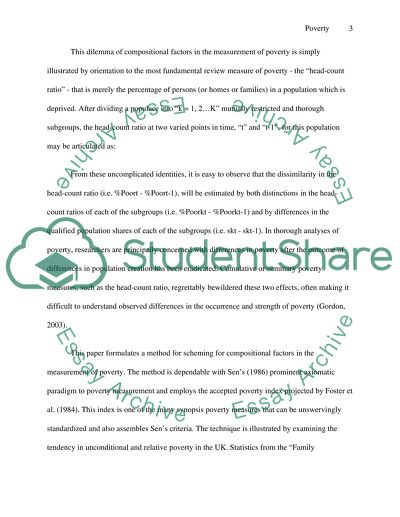Cite this document
(“Social policy and development Research Proposal”, n.d.)
Retrieved de https://studentshare.org/sociology/1534086-social-policy-and-development
Retrieved de https://studentshare.org/sociology/1534086-social-policy-and-development
(Social Policy and Development Research Proposal)
https://studentshare.org/sociology/1534086-social-policy-and-development.
https://studentshare.org/sociology/1534086-social-policy-and-development.
“Social Policy and Development Research Proposal”, n.d. https://studentshare.org/sociology/1534086-social-policy-and-development.


